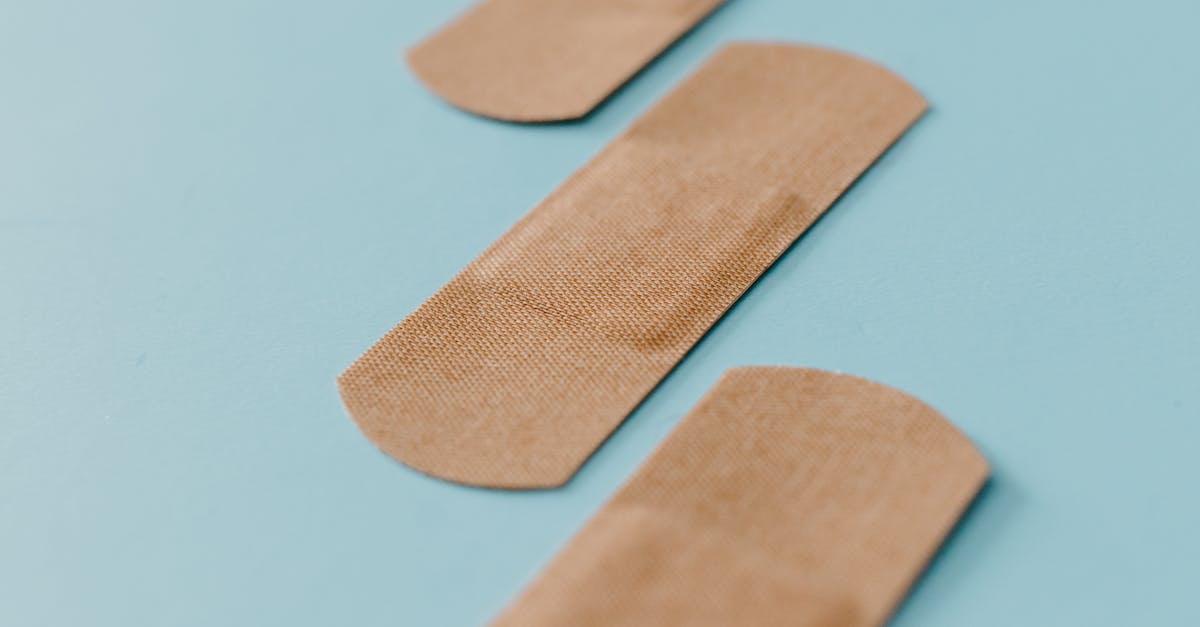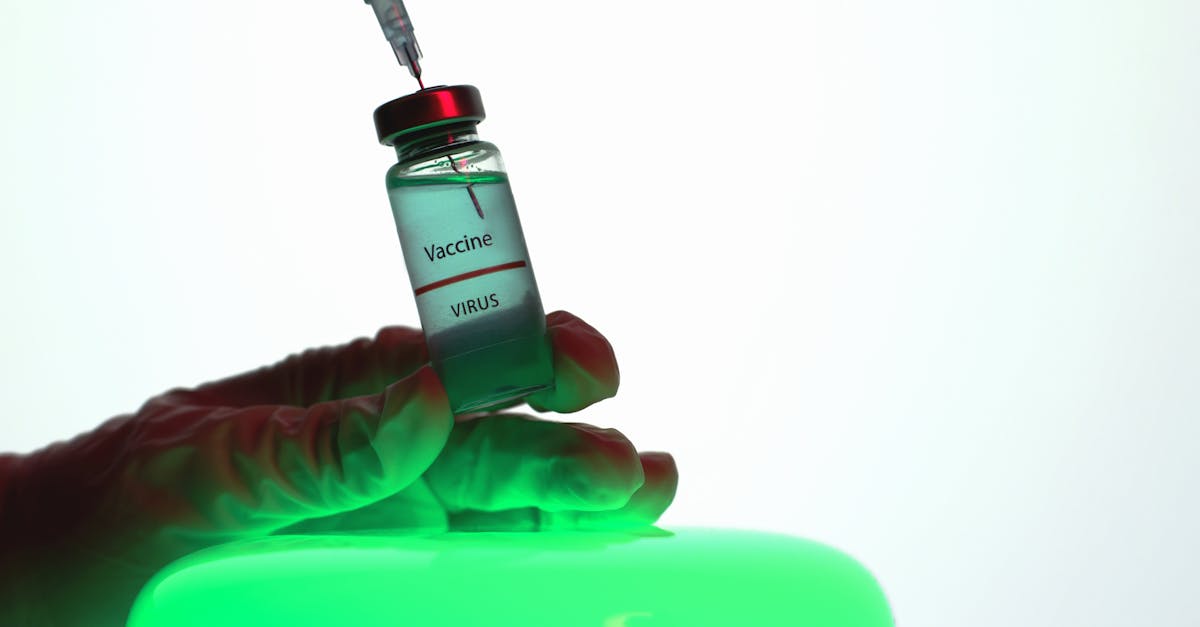It Band and Hip Flexor Pain: Addressing the Connection for Relief
Unveiling the Interplay: IT Band and Hip Flexors, a Tale of Two Muscles

IT Band and Hip Flexor Pain: A Comprehensive Guide to Relief and Prevention
Maintaining optimal hip health is crucial for overall mobility and well-being. However, pain in the IT band and hip flexors can disrupt daily activities, hindering movement and causing discomfort. Understanding the intricate connection between these structures is the key to unlocking effective pain relief and prevention strategies.
This comprehensive guide delves into the causes, treatments, and preventive measures for IT band and hip flexor pain, empowering you with the knowledge to effectively address this common issue. By implementing these evidence-based approaches, you can alleviate pain, restore mobility, and regain your active lifestyle.
1. Understanding the Interplay Between IT Band and Hip Flexors
Understanding the Interplay Between IT Band and Hip Flexors
The iliotibial (IT) band and hip flexors are two interconnected structures that play vital roles in hip movement and stability. The IT band is a thick band of connective tissue that runs along the outer thigh, from the hip to the knee. It helps to stabilize the knee joint and assists in hip extension. The hip flexors are a group of muscles located at the front of the hip. They work together to flex the hip, bringing the thigh towards the body.
These two structures are closely related both anatomically and functionally. The IT band attaches to the hip flexors, and both the IT band and hip flexors cross the hip joint. This anatomical arrangement allows them to work in conjunction to control hip movement. For instance, when you walk or run, the hip flexors initiate the forward swing of the leg, and the IT band helps to stabilize the hip joint during this movement.
Understanding the interplay between the IT band and hip flexors is essential for diagnosing and treating pain in these areas. For example, if you experience pain on the outside of your hip or knee, it could be due to IT band syndrome, a condition caused by overuse or tightness of the IT band. Similarly, if you have pain in the front of your hip, it could be due to a hip flexor strain or tendinitis. By considering the relationship between these two structures, healthcare professionals can accurately diagnose and develop effective treatment plans.
2. Causes of IT Band and Hip Flexor Pain

Causes of IT Band and Hip Flexor Pain
IT band and hip flexor pain can result from various factors, including muscle imbalances, overuse, and biomechanical issues.
-
Muscle imbalances: Weakness or tightness in the muscles around the hip can lead to imbalances that put excessive stress on the IT band and hip flexors. For example, weak gluteal muscles can cause the IT band to become tight and irritated, leading to IT band syndrome. Similarly, tight hip flexors can pull on the IT band, causing pain and discomfort.
-
Overuse: Repetitive or strenuous activities that involve hip flexion and extension can overuse the IT band and hip flexors. This is common in athletes, particularly runners and cyclists. Overuse can lead to inflammation and micro-tears in these structures, resulting in pain.
-
Biomechanical issues: Certain biomechanical factors can predispose individuals to IT band and hip flexor pain. For example, individuals with excessive pronation (inward rolling of the feet) or high arches may experience increased stress on the IT band due to altered biomechanics during walking or running. Leg length discrepancies can also lead to muscle imbalances and pain in these areas.
Other contributing factors to IT band and hip flexor pain include:
- Poor posture: Sitting or standing with poor posture for prolonged periods can strain the IT band and hip flexors.
- Trauma: Direct trauma to the hip or thigh can cause injury to the IT band or hip flexors.
- Certain medical conditions: Conditions such as osteoarthritis and rheumatoid arthritis can cause inflammation and pain in the IT band and hip flexors.
Understanding the underlying causes of IT band and hip flexor pain is crucial for developing effective treatment and prevention strategies. By addressing the root cause of the pain, individuals can alleviate discomfort and restore optimal hip function.
3. Effective Treatments for Pain Relief
Effective Treatments for Pain Relief
Effective treatment for IT band and hip flexor pain involves a multifaceted approach that addresses both the underlying cause of the pain and the symptoms themselves. Here’s an outline of evidence-based treatment approaches:
-
Stretching: Stretching the IT band and hip flexors can help to reduce tightness and improve flexibility, which can alleviate pain and discomfort. Effective stretches for the IT band include the standing IT band stretch and the seated IT band stretch. For the hip flexors, try the kneeling hip flexor stretch and the standing quad stretch.
-
Strengthening exercises: Strengthening the muscles around the hip can help to improve stability and reduce stress on the IT band and hip flexors. Exercises that target the gluteal muscles, such as squats, lunges, and bridges, are particularly beneficial. Hip flexor strengthening exercises include leg raises and hip flexor bridges.
-
Physical therapy: Physical therapy can provide personalized guidance and treatment for IT band and hip flexor pain. A physical therapist can assess your condition, identify the underlying cause of your pain, and develop a tailored treatment plan. Physical therapy may include manual therapy, exercises, and modalities such as ultrasound or electrical stimulation to reduce pain and promote healing.
In some cases, additional treatments may be necessary, such as:
- Rest: Resting the affected area can help to reduce inflammation and pain. Avoid activities that aggravate your symptoms.
- Ice: Applying ice to the painful area can help to reduce inflammation and pain.
- Over-the-counter pain relievers: Non-steroidal anti-inflammatory drugs (NSAIDs) can help to reduce pain and inflammation.
- Cortisone injections: In some cases, cortisone injections may be used to reduce inflammation and pain. However, these injections should only be used sparingly, as they can have side effects.
It’s important to consult a healthcare professional for an accurate diagnosis and appropriate treatment recommendations. With proper treatment, most individuals can experience significant relief from IT band and hip flexor pain.
4. Preventive Measures to Avoid Recurrence

Preventive Measures to Avoid Recurrence
Preventing the recurrence of IT band and hip flexor pain involves adopting healthy habits and lifestyle modifications. Here are some practical tips:
-
Maintain proper posture: Good posture helps to distribute weight evenly across the body and reduce stress on the IT band and hip flexors. Pay attention to your posture while sitting, standing, and sleeping. Avoid slouching or sitting with your legs crossed for prolonged periods.
-
Engage in regular stretching and strengthening routines: Regular stretching and strengthening exercises can help to improve flexibility and stability in the muscles around the hip. Incorporate IT band and hip flexor stretches into your daily routine. Additionally, strengthen your gluteal muscles, quadriceps, and hamstrings through exercises like squats, lunges, and bridges.
-
Incorporate low-impact exercises into your fitness regimen: High-impact activities like running and jumping can put excessive stress on the IT band and hip flexors. If you experience pain during these activities, switch to low-impact exercises such as swimming, cycling, or walking. Gradually increase the intensity and duration of your workouts as your pain improves.
Other preventive measures include:
- Warm up before exercise: Warming up the muscles around the hip before exercise can help to prepare them for activity and reduce the risk of injury.
- Cool down after exercise: Cooling down after exercise helps to reduce muscle soreness and stiffness.
- Use proper footwear: Wearing supportive and well-cushioned shoes can help to absorb shock and reduce stress on the IT band and hip flexors.
- Maintain a healthy weight: Being overweight or obese can put additional stress on the IT band and hip flexors.
By following these preventive measures, you can reduce your risk of experiencing IT band and hip flexor pain and maintain optimal hip health.
5. When to Seek Professional Help
When to Seek Professional Help
While IT band and hip flexor pain can often be managed with self-care measures, there are certain signs and symptoms that warrant seeking professional medical attention. Timely intervention can improve outcomes and prevent chronic pain or complications.
Consult a healthcare professional if you experience:
- Severe pain: IT band or hip flexor pain that is severe or debilitating, interfering with daily activities or sleep.
- Persistent pain: Pain that lasts for more than a few weeks or that does not improve with self-care measures.
- Swelling or bruising: Swelling or bruising around the hip or thigh, which could indicate an underlying injury.
- Numbness or tingling: Numbness or tingling in the leg or foot, which could indicate nerve involvement.
- Difficulty walking or running: Pain that makes it difficult to walk or run, affecting mobility and daily activities.
- Other concerning symptoms: Fever, chills, or unexplained weight loss, which could indicate an underlying medical condition.
It is important to remember that IT band and hip flexor pain can be caused by various underlying conditions, including muscle strains, tendonitis, bursitis, or even more serious injuries. A healthcare professional can accurately diagnose the cause of your pain and recommend the appropriate treatment.
Early intervention is crucial for optimal recovery from IT band and hip flexor pain. Seeking professional help allows for prompt diagnosis and treatment, reducing the risk of chronic pain or long-term complications. Your healthcare provider can develop a personalized treatment plan to address your specific needs and help you regain optimal hip function.
Quiz
1. Which of the following is NOT a role of the IT band? (a) Stabilizing the knee joint (b) Assisting in hip flexion (c) Supporting the thigh muscles (d) Limiting excessive inward rotation of the knee
2. True or False: Muscle imbalances can contribute to IT band and hip flexor pain.
3. Which of the following is an effective treatment for IT band pain? (a) Rest (b) Strengthening exercises (c) Cortisone injections (d) All of the above
4. True or False: Maintaining good posture can help prevent IT band and hip flexor pain.
5. Which of the following is a sign that you should seek professional help for IT band or hip flexor pain? (a) Pain that lasts for more than a few weeks (b) Swelling or bruising around the hip or thigh (c) Difficulty walking or running (d) All of the above
Answer Key
- (b)
- True
- (d)
- True
- (d)
